What if, instead of evolving from monkeys, we evolved from dinosaurs instead? Which among these terrible lizards could have been your most ideal ancestor?
Pterosaur

While most dinosaurs are contented to trek on mud and dust, this one dared to fly, which it did for 162 million years, one of the longest life spans for a dino-species. As the obvious ancestor of the birds of today, this one loved to soar and explore– a characteristic that many adventurous people today, including you, show a great sign of.
Went extinct: 228 million yrs ago
Average length: 16 ft
Average height: 12 ft
Stegosaurus

On its normal stance, it only does at the height of a tall Caucasian. Not too big for a dinosaur, which means this one loves to blend in and not gain too much attention. However, the plates or “fins” that it has on its back make the breed one of the most recognizable dinosaurs.
Went extinct: 155 million yrs ago
Average length: 15 ft
Average height: 6ft
Triceratops

Like the Stegosaurus, this one is also one of the most recognizable breeds due to its “armored” appearance. They are known to be vegan, eating mostly grass and shrubs due to their low angled heads. Are you’re into combat sports? The Tricers could have been your great (to the Nth power) grandpas or grandmas.
Went extinct: 68 million yrs ago
Average length: 30 ft
Average height: 10 ft
Velociraptor

No larger than a turkey, raptors as they are known may be small in size, but they were known to be among the smartest lizards in existence. Believed to have lived in the cretaceous, (the last generation of the dinosaur reign) the Velociraptor could have been the rulers of this planet, instead of us, homo sapiens.
Went extinct: 75 million yrs ago
Average length: 7 ft
Average height: 2 ft
Spinosaurus
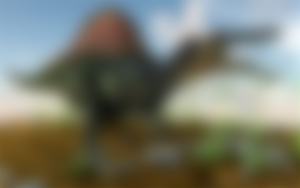
Since their discovery, the Spinos have been contenders for the longest and largest dinosaurs. Why they are called as such is due to their distinctive spinal structure that made them really good in dominating their premises. Do you have the ‘spine’ to handle the extreme pressures of this modern age? The Spinosaur could be your distant relative who gave you the force and willpower for your current endeavors.
Went extinct: 112 million yrs ago
Average length: 50 ft
Average height: 30 ft
Compsognathus
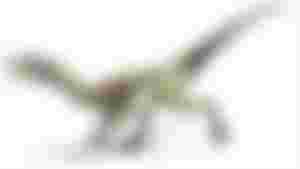
Compsos are known to be “chicken-sized” which makes them most likely to be stepped on by their gigantic peers. In spite of that, they are skilled in evasive protocols which made them thrive and survive even up to the last generations of the dinosaurs.
Went extinct: 150 million yrs ago
Average length: 4 ft
Average height: 1 ft
If given the chance to scientifically or magically resurrect any of these dogs, which among them would you bring back to life?
The Kuri

They are mid-sized canines that were brought to New Zealand by the Maori people upon their arrival from the Polynesian islands. Kuris had powerful biting prowess, which makes them ideal for gnawing the bones of fur seals, moans, and pilot whales which served as the main diet of their human guardians. In times of food scarcity, however, these guardians would butcher the dogs for meat. Over the course of the next centuries, purebreed Kuris became extinct shortly after the arrival of European settlers in New Zealand.
St. John’s Water Dog

Noticeably fashionable and elegant-looking, an onlooker might easily say that a dog of this breed looks like a person in all fours, wearing a tuxedo. The early history of St. John’s Water dog is a mystery. What’s known by far is that their kind is a resident of the fisherfolk of Newfoundland before 1800.
Large numbers of these dogs were brought to England from there where they were crossbred with other dogs. Their extinction came at around 1915 when dog ownership was heavily taxed in order to usher in sheep domestication. Add it up with the government’s intense fight against rabies, the St. John’s Water Dog which was commonplace then slowly decreased in number and faded from existence.
The Molossus

Bred by the ancient Molossian shepherds of Epirus to guard their flocks, the Molossus fits the bill perfectly due to their fierce nature that can be identified as a combination of Greyhounds and Mastiffs. As they evolved, they continued to appear larger in size as their masters, the Hellenic people, spread through the Balkan lands and into Italy.
When the Roman empire was in control of the said area, the dogs were used as hunters or household protectors. The Molossus is regarded as the ancestor of the mastiff-types that we see today including the Saint Bernard and the Bernese mountain dogs.
The Talbot

Known for the grand stag hunts in the forested aristocratic parks of Britain, this breed which is known for its imposing, enormous appearance was brought by Norman conquerors to England in 1066. The Talbot’s popularity continued until 1500, when its kind had been given the name of the royal English Talbot family who was highly distinguished for keeping such animals.
But the dogs required too many man-hours of feeding and constant attention. In addition, those aristocratic hunts in which they were known for gradually ceased. For these reasons, the Talbot breed’s demand went down which led to the demise of its kind.
The Blue Paul Terrier

Like the Molossus and the Pugnax Britanniae, Blue Paul Terriers, were recorded in history to be under the employment of the Romans. From what we can easily guess, they are used as competitors in arenas where they can get to fight against other dog breeds or some within the same species.
They are described as short-haired and square-headed – very similar to a bulldog. It was believed to be documented first in Scotland during the 1770s and was thought to have been introduced in North America in the generations that followed. Their kind lived on until the 1890s, but was then bred out or decommissioned.
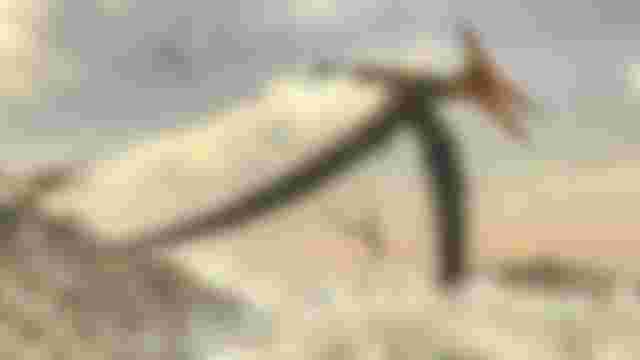
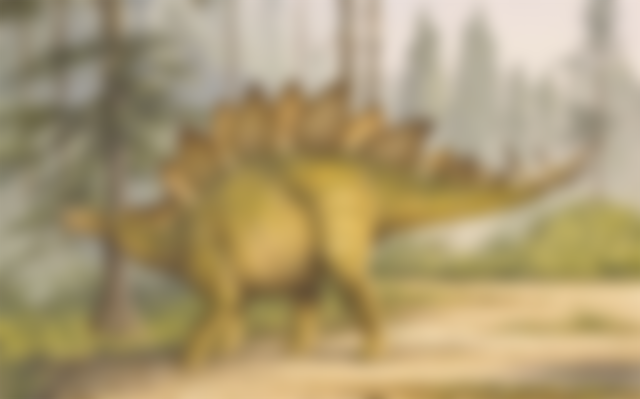

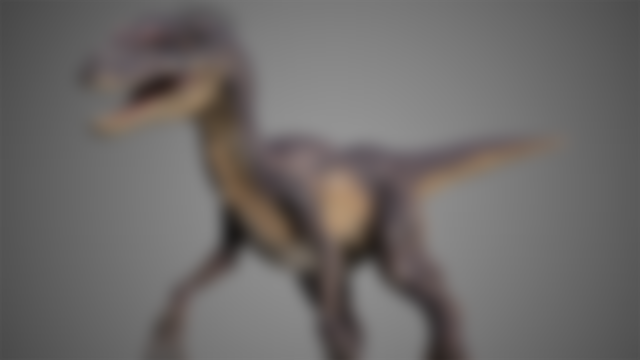

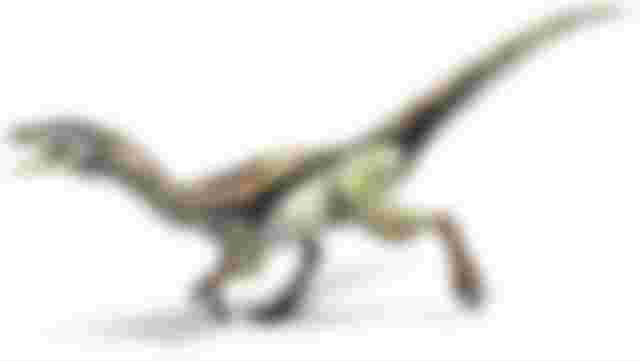
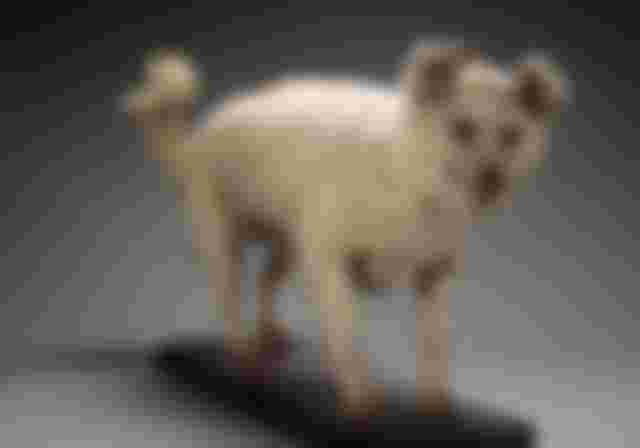
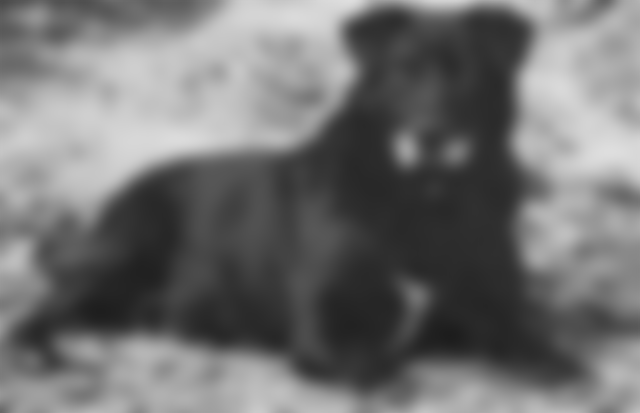


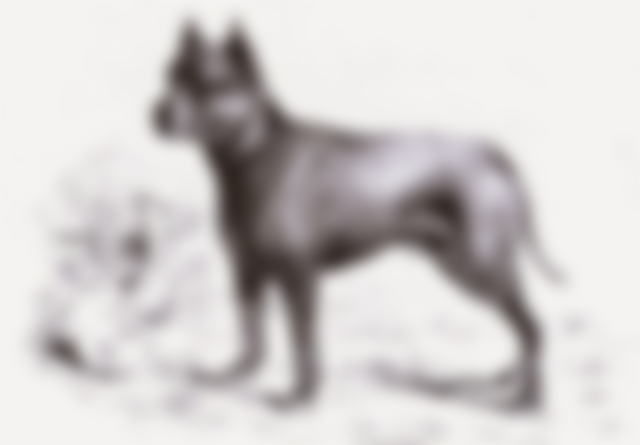
Today,despite the mass extinction of dinosaurs in the sky,we can observe the descendants of only these,as small carnivorous dinosaurs eventually evolved into birds.For dinosaurs that could run or climb,the development of their wings allowed them to transform into bird capable of flying.The first real bird is the archeopteryx.He had wings that were covered with feathers.The body was also covered with feathers.The head,clawed feet and long bony tail classify it as dinosaur.